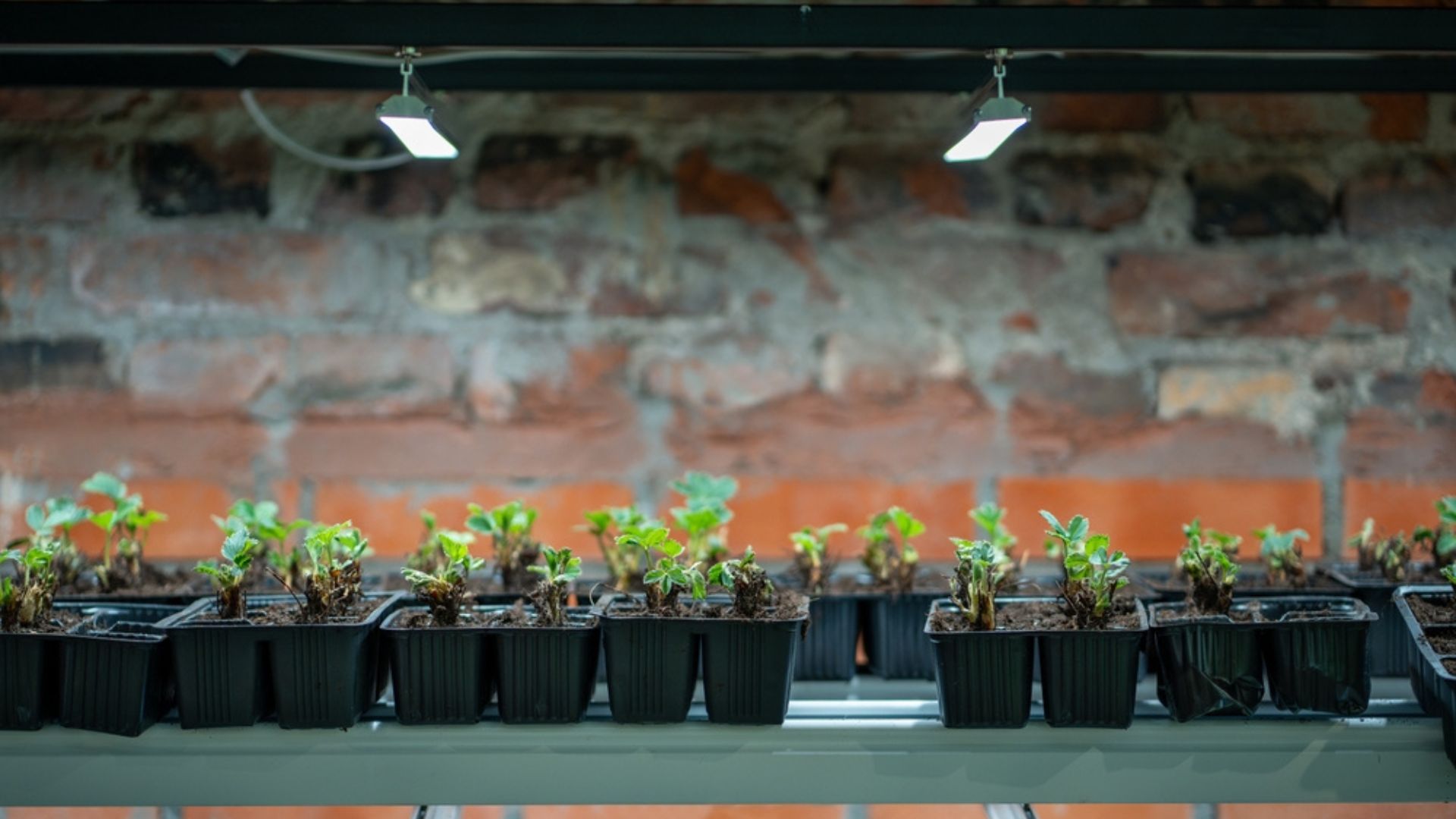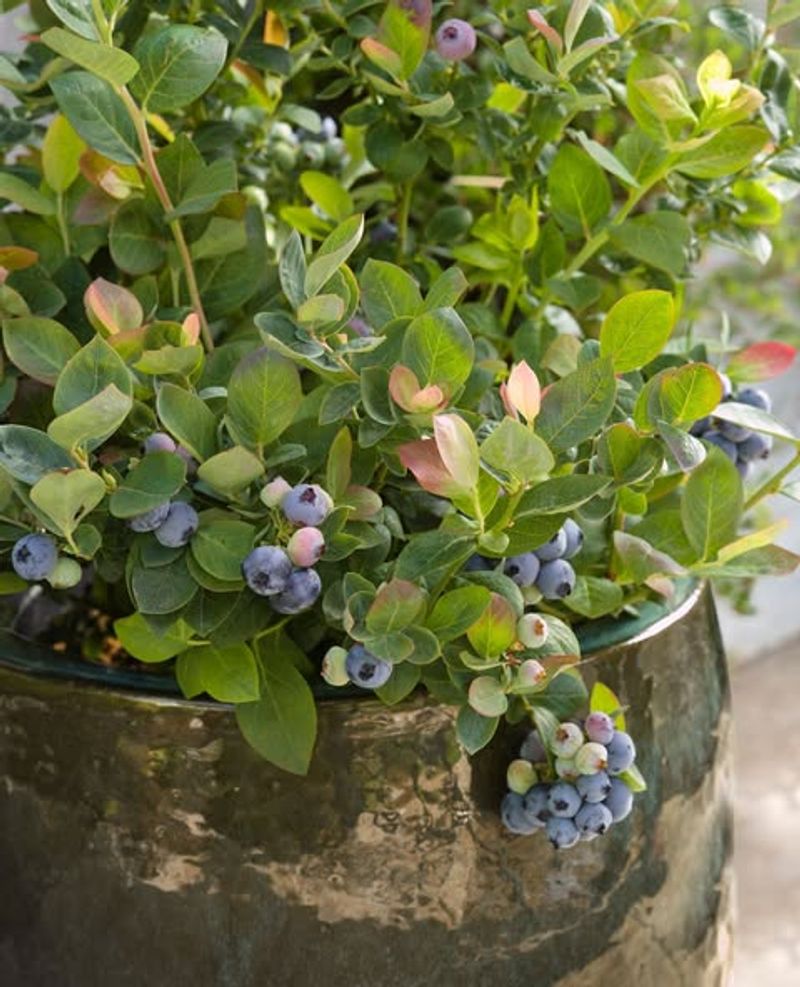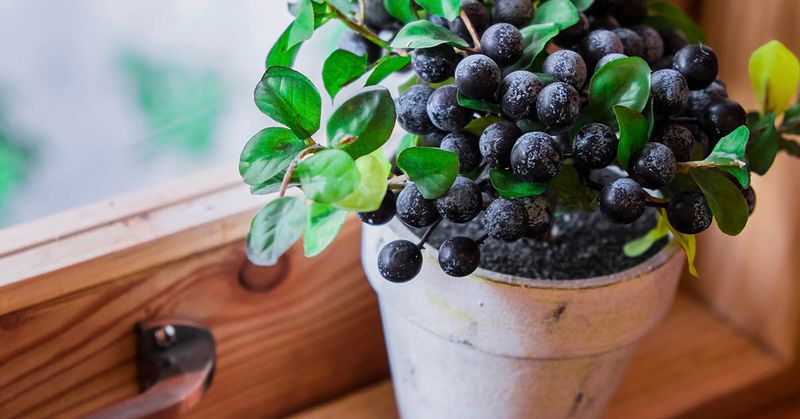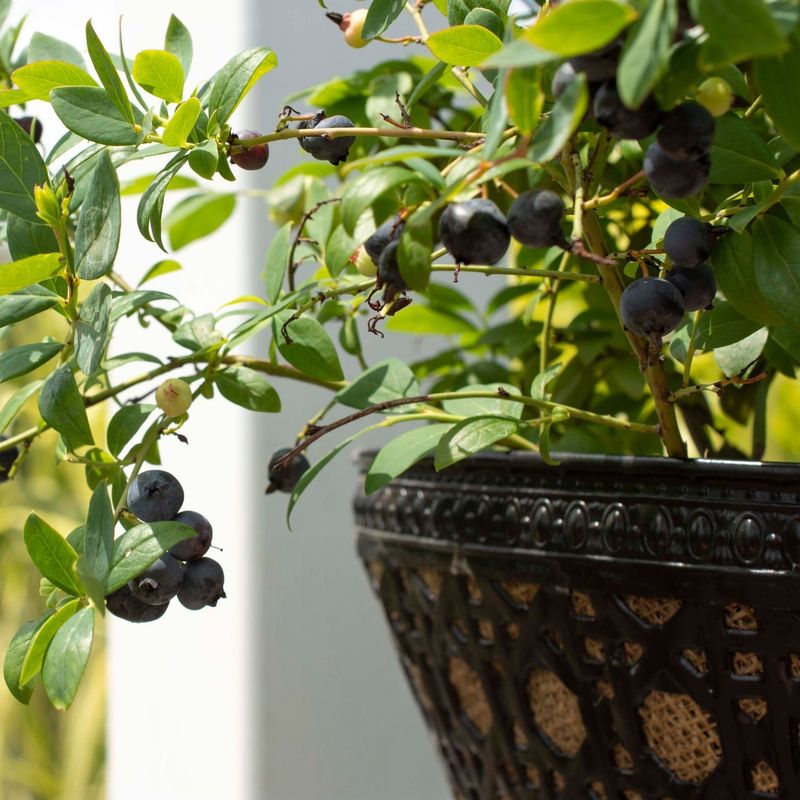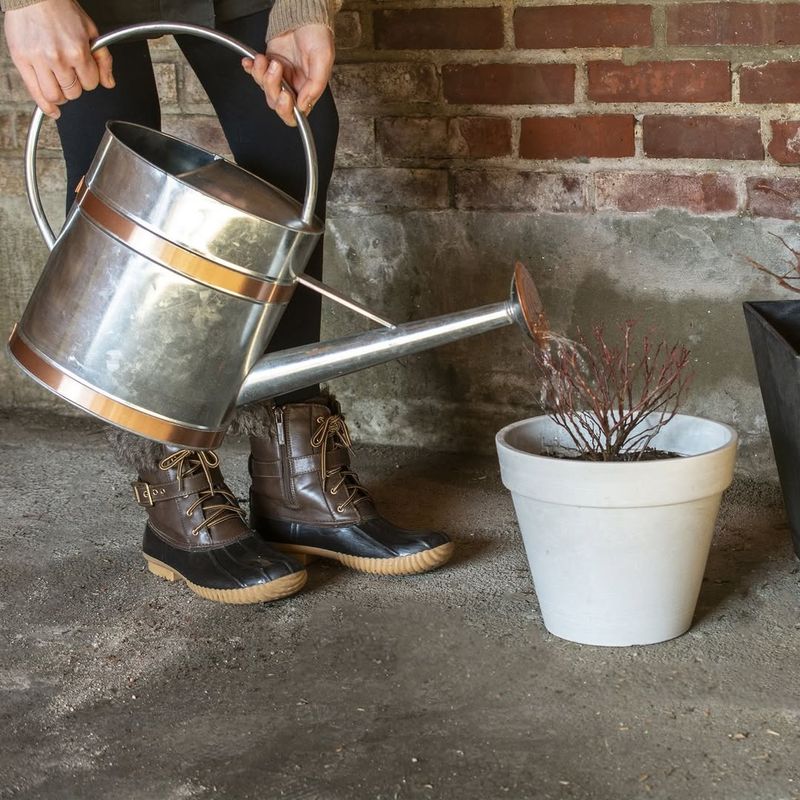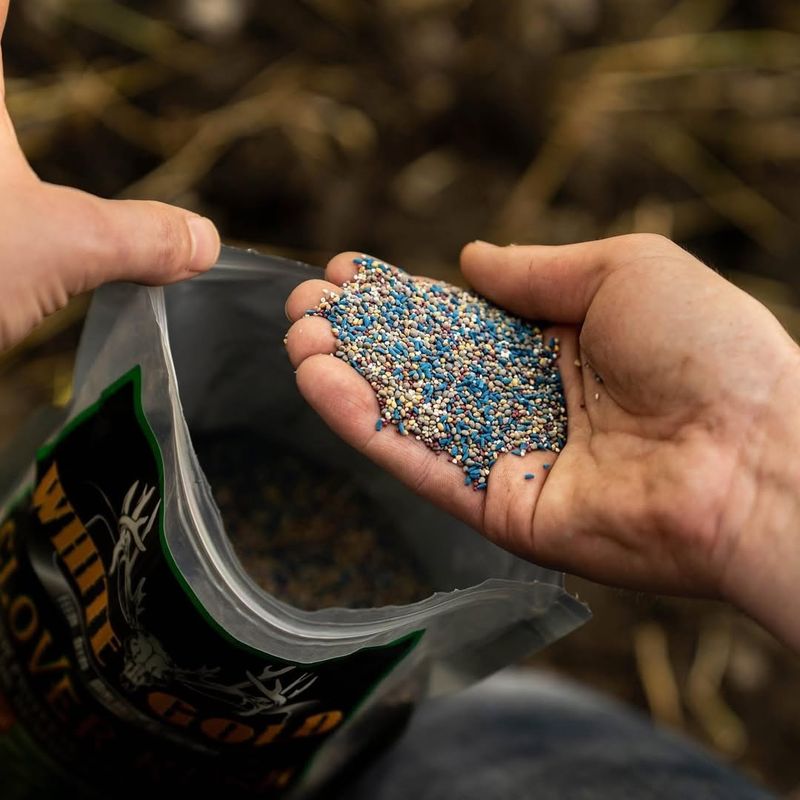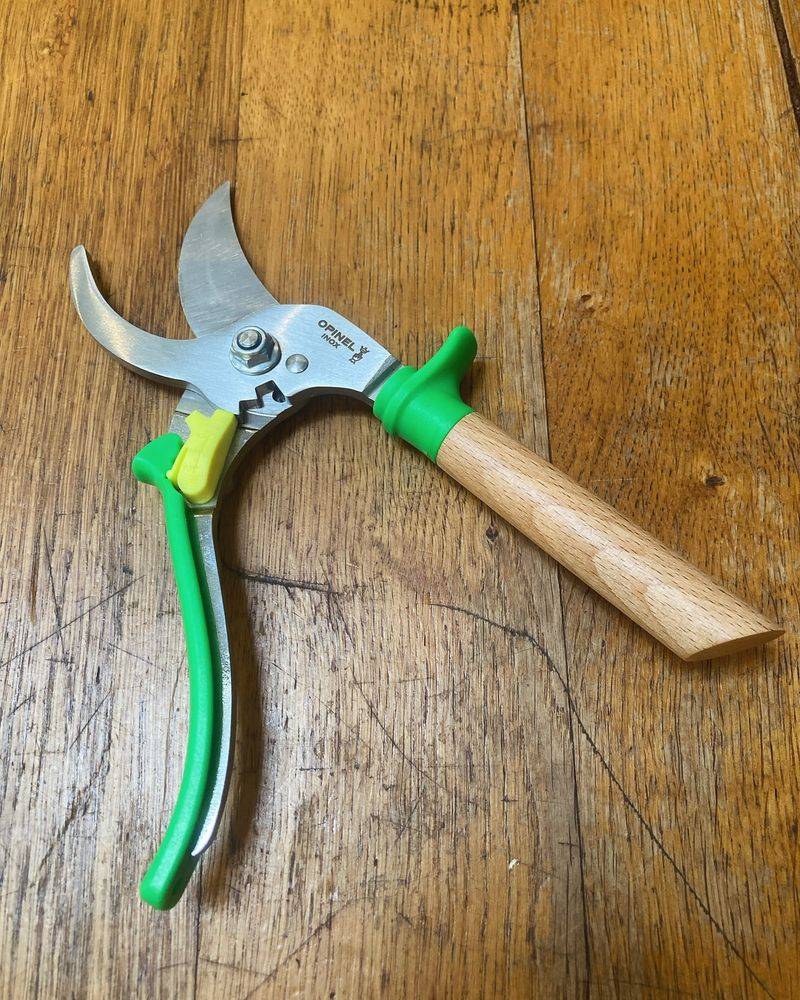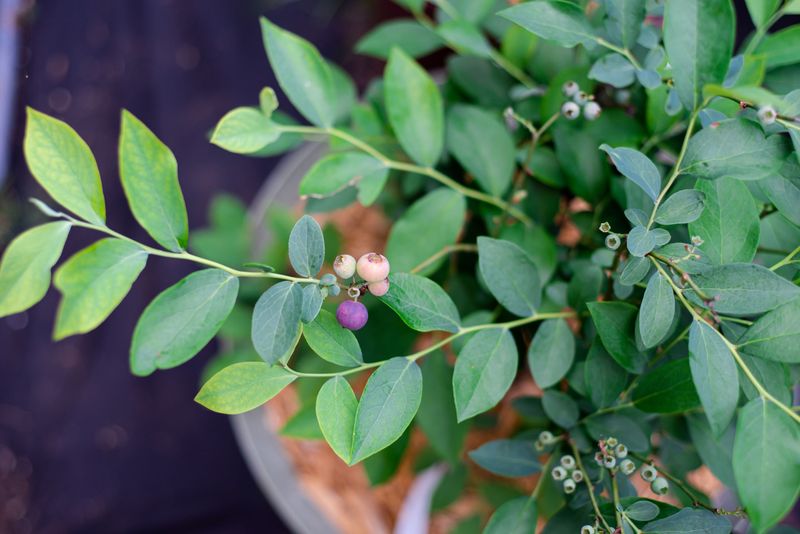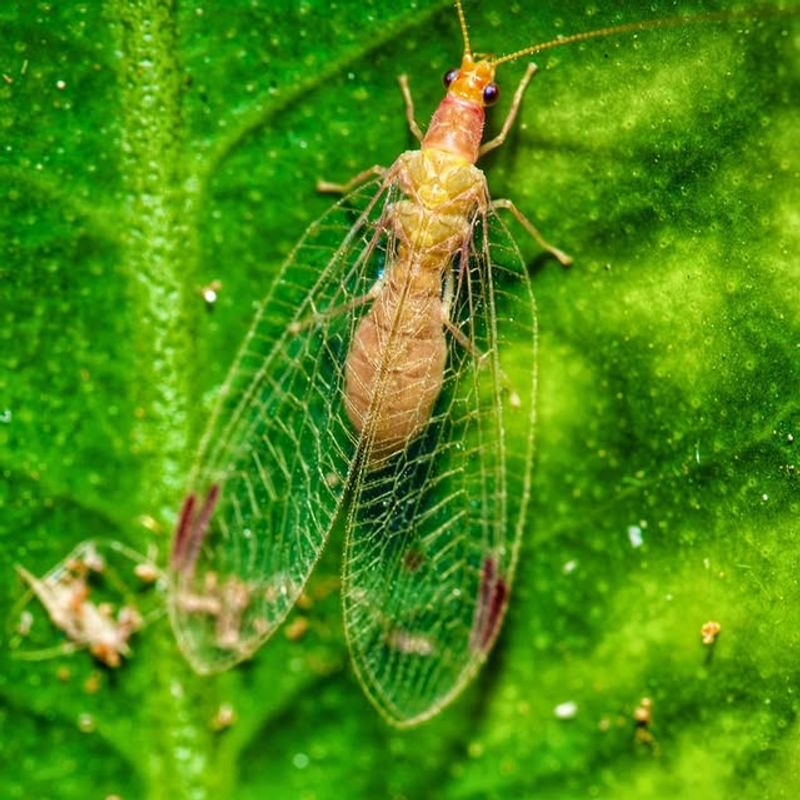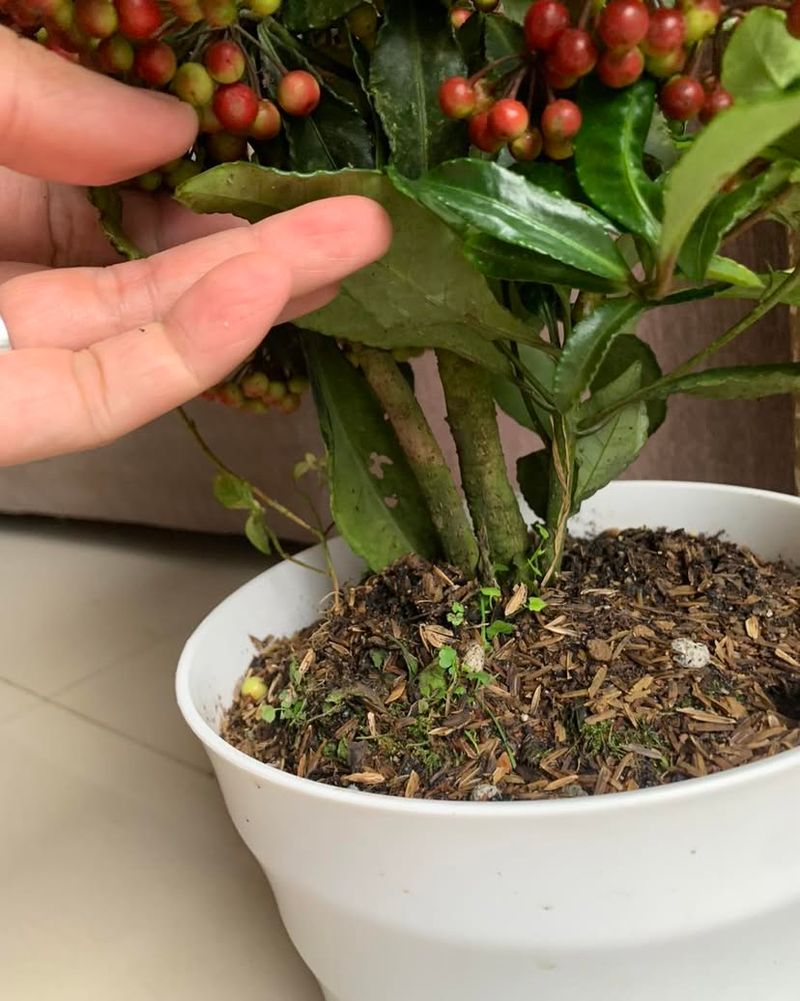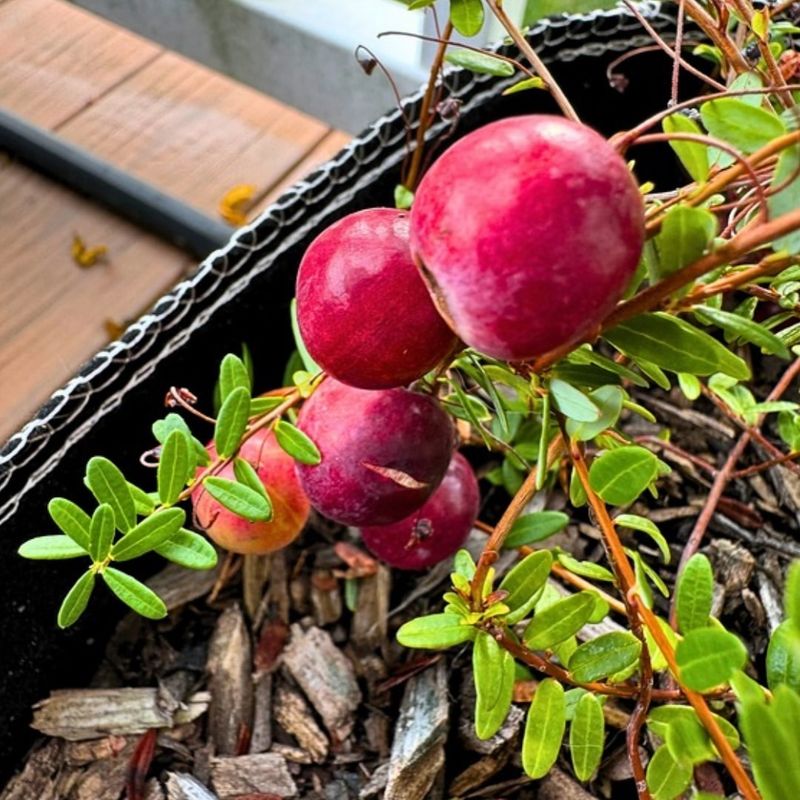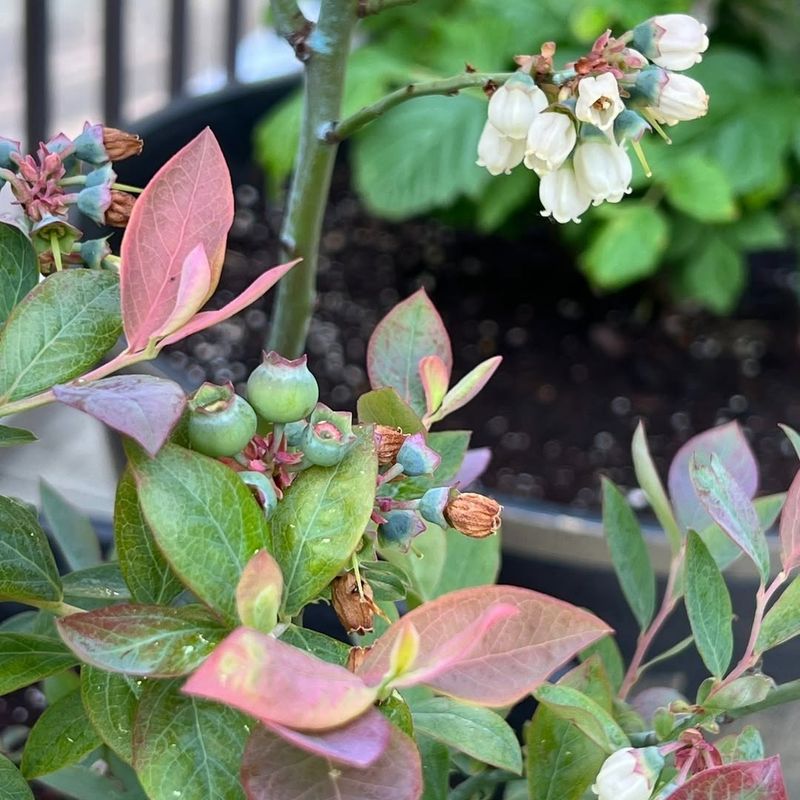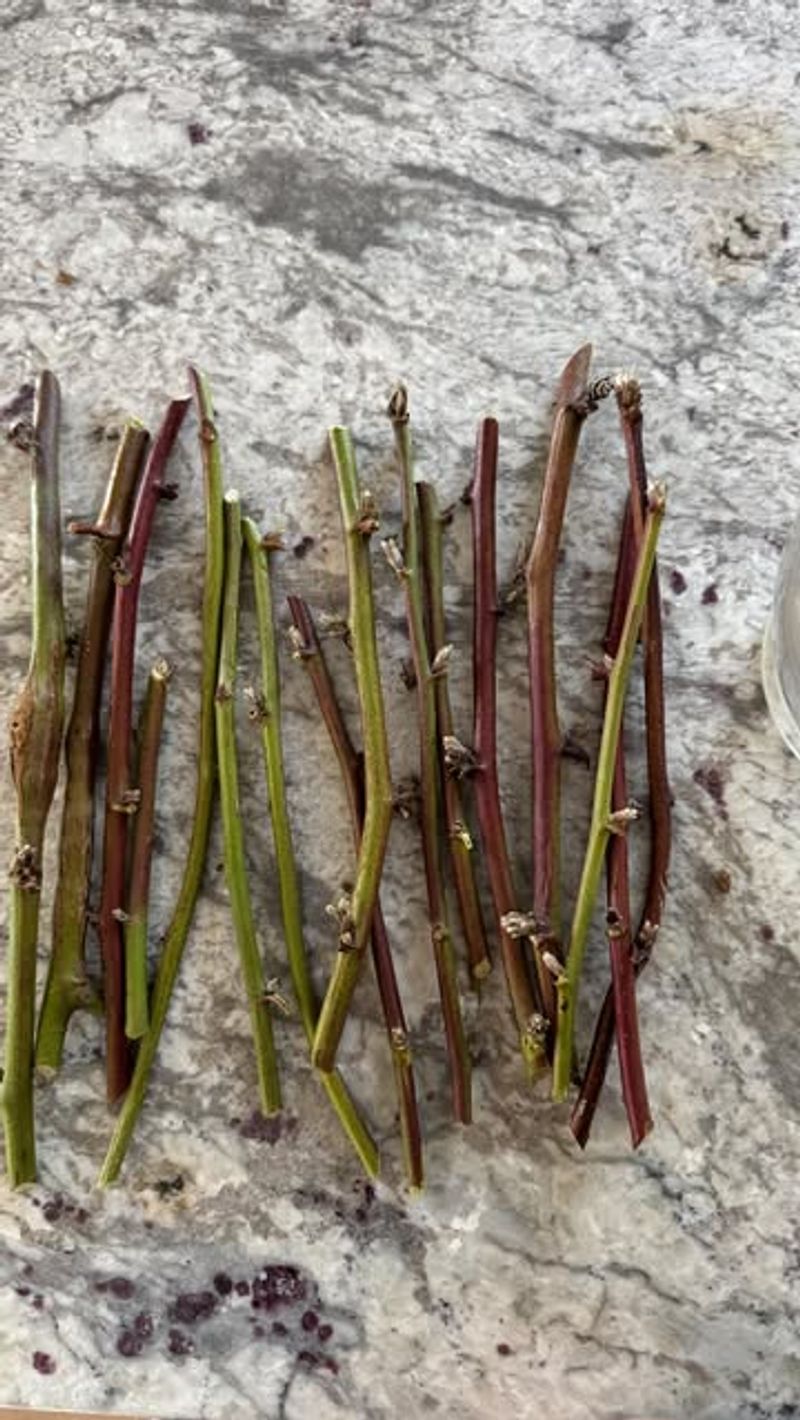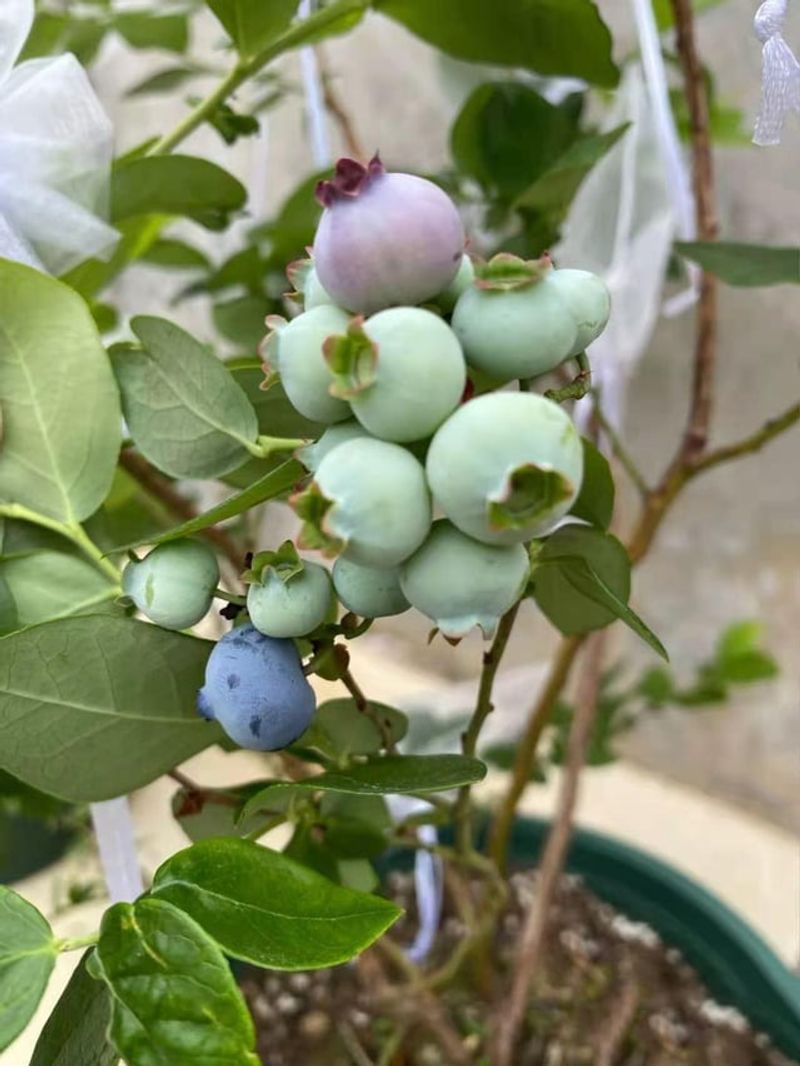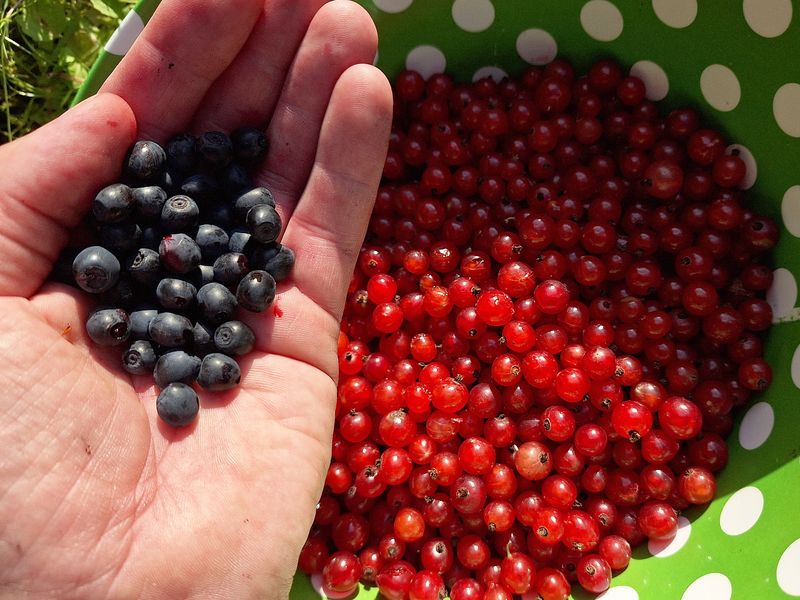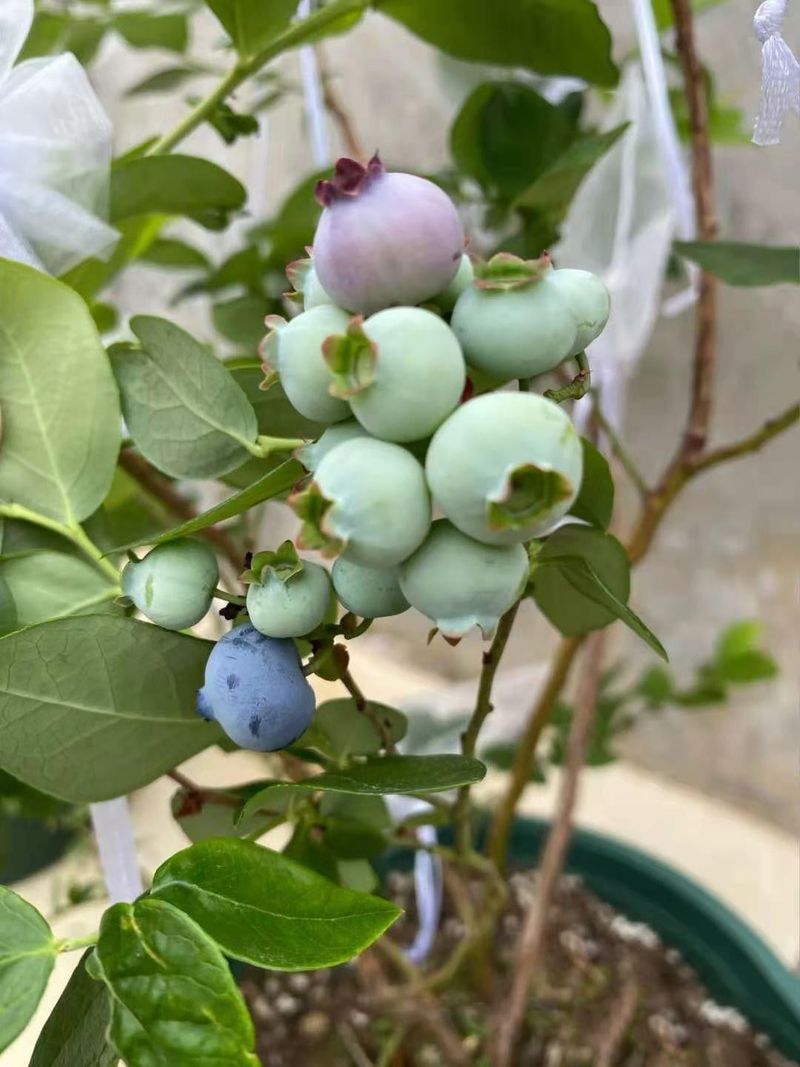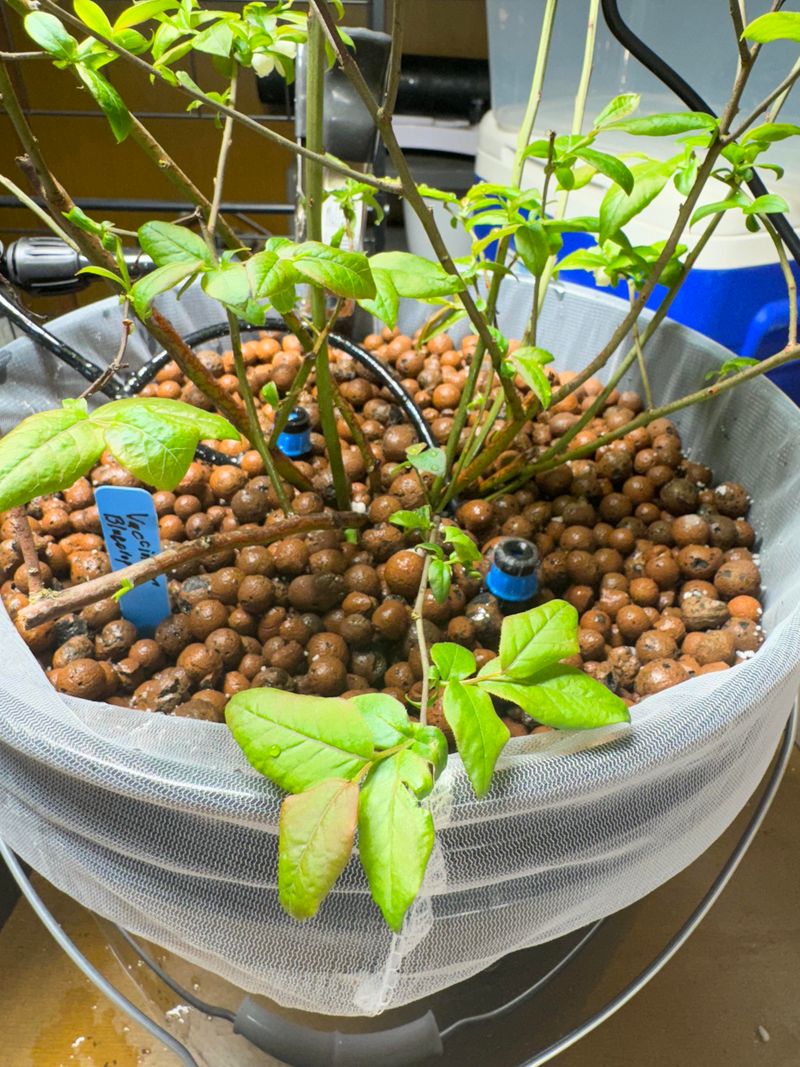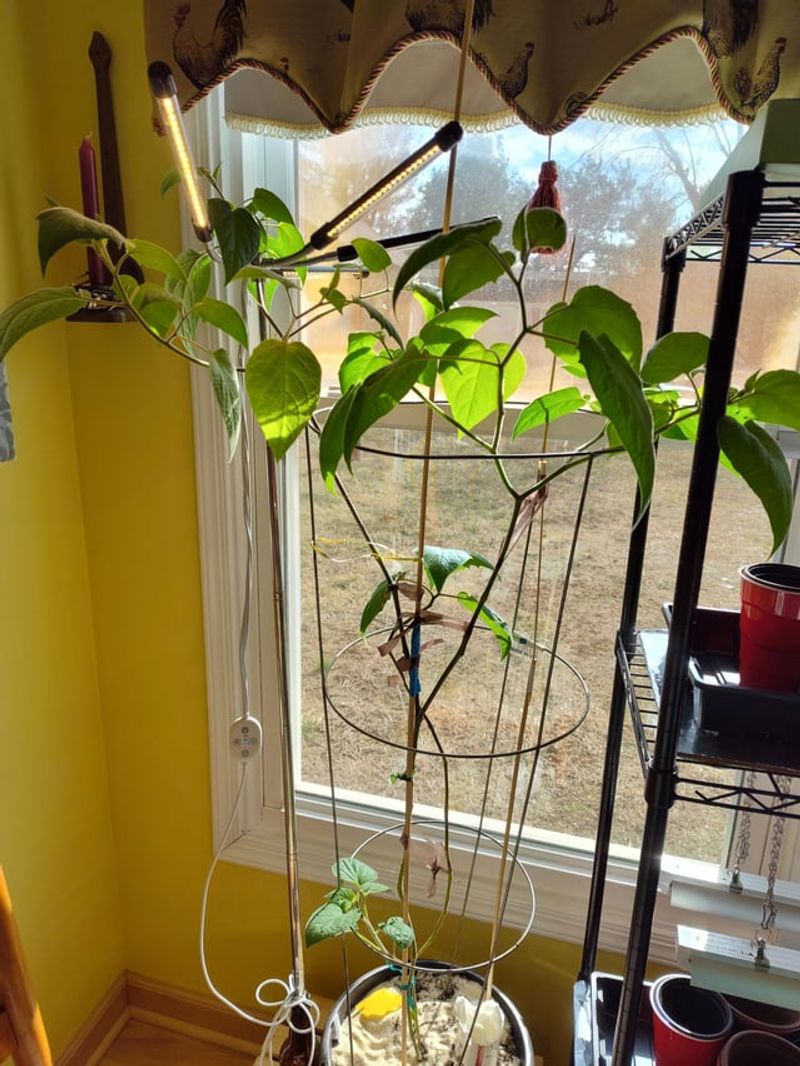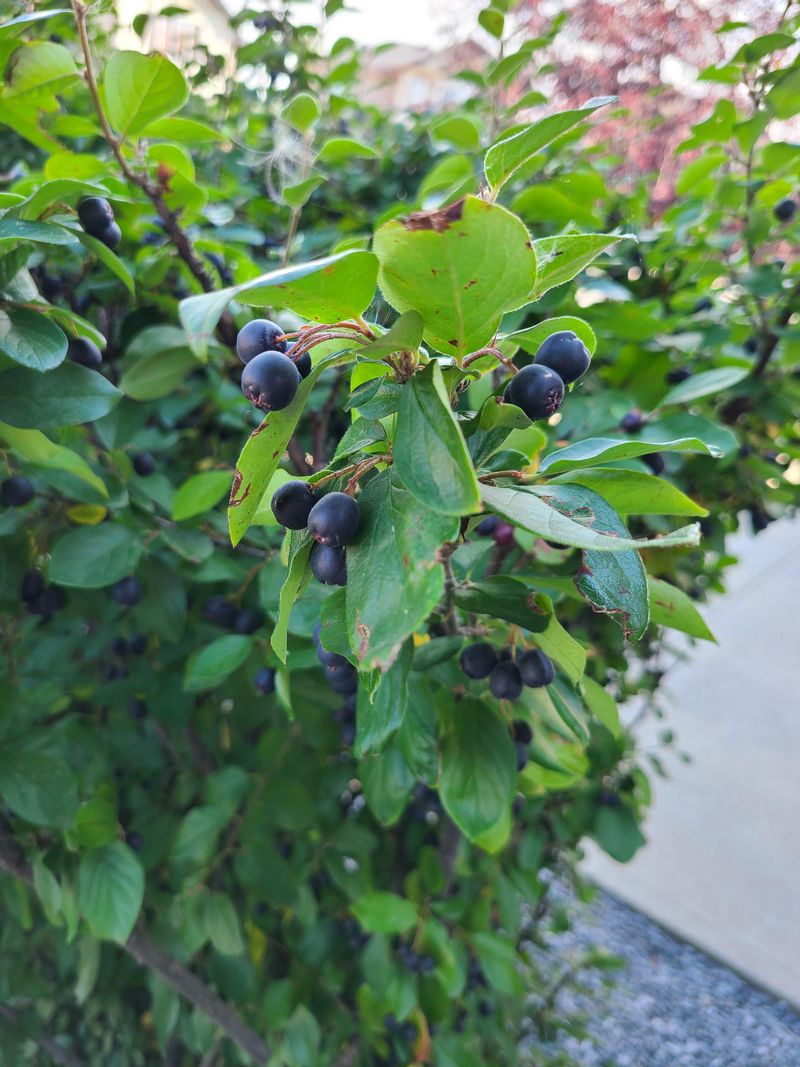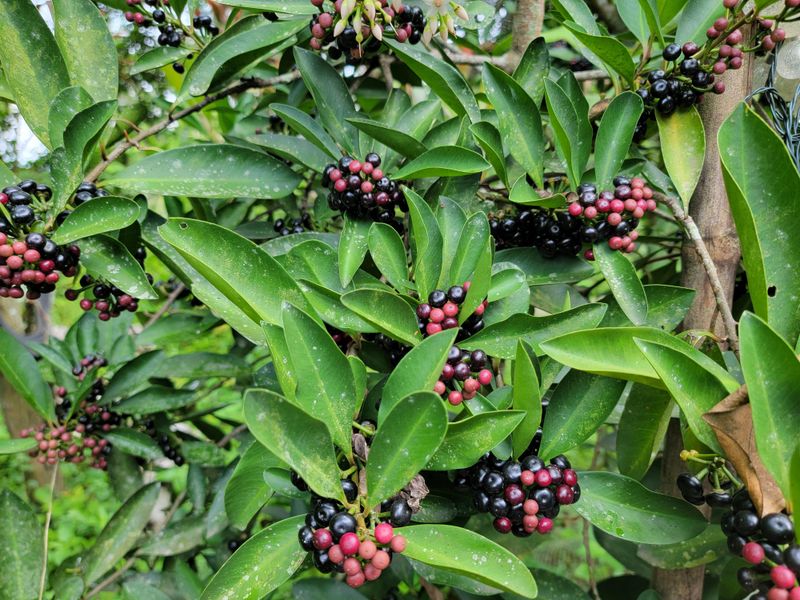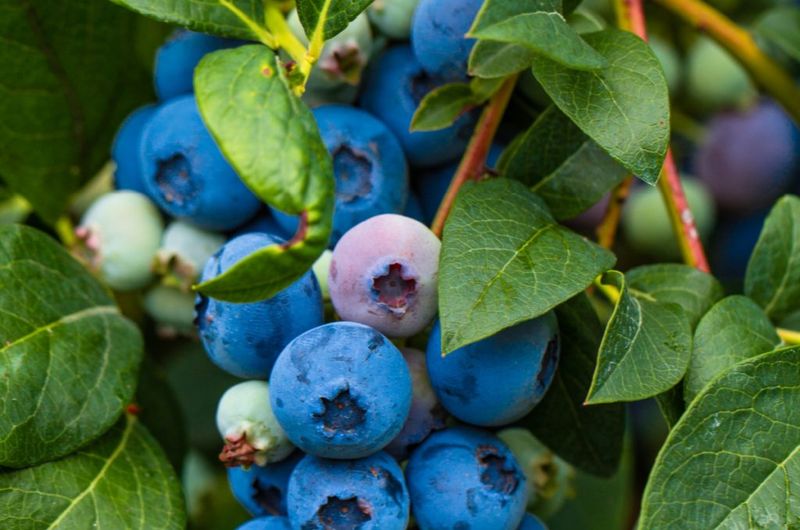Juicy, pesticide-free berries growing right in your kitchen or on a sunny windowsill? That’s the dream—and it’s way more achievable than it sounds. Starting organic berries from seed indoors gives you full control over the process, from the very first sprout to the final sweet bite.
No mystery chemicals, no store-bought shortcuts, just fresh, clean fruit you actually feel good about eating. These must-know tips will walk you through the process and help you grow the kind of berries that taste even better because you made them happen.
1. Selecting the Perfect Seed
The first step is to start with the right seed selection. Choose from varieties like strawberries, blueberries, or raspberries. Each berry type has specific needs and growth characteristics, making it essential to pick the one that suits your environment.
Understanding these differences is crucial for successful growth. Consider the climate you can provide indoors. While strawberries adapt well to most conditions, blueberries may require more acidic soil conditions. Ensuring your chosen berry type matches your indoor environment will set the foundation for healthy growth.
2. Preparing the Right Soil
Creating a nutrient-rich soil mix is like crafting a masterpiece. Most berries prefer well-draining soil, so combining peat moss, perlite, and vermiculite can be beneficial. This mix provides the essential nutrients and drainage needed for optimal growth.
Adjust the pH level according to the berry type. Blueberries, for instance, thrive in more acidic conditions, so adding sulfur to the soil may be necessary. Regularly testing the soil will help maintain the right balance. A solid soil foundation ensures robust berry plants.
3. Choosing the Right Containers
Containers play a pivotal role in the indoor gardening process. Opt for pots with proper drainage holes to prevent waterlogging, which can harm your plants. The size of the container should accommodate the root system of the berry plant.
Consider the material as well. Ceramic or plastic pots can both work, but each has its pros and cons. While ceramic pots are aesthetically pleasing, plastic pots are lighter and easier to move around. Proper container choice promotes healthy root development.
4. Providing Adequate Light
Lighting is the secret ingredient to indoor berry success. Ensure your plants receive adequate light, whether through natural sunlight or artificial grow lights. Most berries require at least 6-8 hours of light daily to thrive.
Position them near a south-facing window if possible. If natural light is insufficient, investing in LED grow lights can supplement the needs. The right lighting conditions can mimic the outdoor environment, promoting vigorous growth and fruit production.
5. Maintaining Proper Humidity
Humidity levels can make or break your indoor berry garden. Berries generally prefer a humidity level of 50-70%, which can be maintained by using a humidifier or placing water trays near the plants. Monitor the humidity with a hygrometer to ensure it stays within the desired range.
Too low humidity can lead to dry, stressed plants, while too high humidity can foster mold and disease. Striking the right balance is vital for healthy, flourishing berry plants.
6. Watering Techniques
Mastering the art of watering is crucial for your indoor berry plants. Consistency is key, as both overwatering and underwatering can lead to poor plant health. Water the plants thoroughly, allowing excess water to drain out. Use room temperature water to prevent shocking the plants.
Check the soil moisture regularly with your finger or a moisture meter. Adjust your watering schedule based on the plant’s needs and the season. Proper watering techniques contribute to vibrant, fruit-bearing plants.
7. Fertilizing Wisely
Think of fertilizing as giving your plants a nutritional boost. Use organic fertilizers, as they provide essential nutrients without the harsh chemicals found in synthetic options. Fertilize every 4-6 weeks, adjusting the frequency based on plant growth and health.
Ensure the fertilizer matches the berry type, as different berries have specific nutrient needs. Over-fertilizing can be detrimental, leading to nutrient burn or excessive leaf growth with little fruit production. A balanced approach ensures healthy, fruitful plants.
8. Pruning for Productivity
Pruning is like giving your berry plants a fresh haircut. It encourages new growth and enhances fruit production by removing dead or overcrowded branches. Regular pruning keeps the plant manageable and promotes airflow.
Focus on cutting back old or non-productive branches. This redirection of energy supports the development of robust, fruit-bearing branches. Pruning should be part of your regular maintenance routine, leading to healthier and more productive berry plants.
9. Pollination Practices
Pollination is crucial for fruit development, especially indoors where natural pollinators are absent. Hand-pollination using a small paintbrush or cotton swab can mimic the natural process, ensuring your plants bear fruit. Gently transfer pollen from flower to flower, focusing on the most developed blooms.
This practice increases the chances of successful fruiting and should be done periodically as new flowers emerge. A little effort in pollination goes a long way in achieving a bountiful harvest.
10. Pest Control Strategies
Keeping pests at bay is a constant battle in indoor gardening. Start with preventive measures, such as keeping the area clean and removing dead plant material. If pests do appear, use natural remedies like neem oil or insecticidal soap.
Regularly inspect the plants for signs of infestation. Early detection and treatment are key to preventing the spread of pests. Keeping a watchful eye and using eco-friendly solutions ensures your berry plants remain healthy and productive.
11. Dealing with Diseases
Diseases can strike unexpectedly, but vigilance can keep them in check. Monitor your plants for signs of disease, such as leaf spots or wilting. Remove affected parts immediately to prevent spread. Maintain good air circulation and avoid overhead watering to minimize the risk.
Using disease-resistant berry varieties can also reduce the likelihood of problems. Staying proactive in disease management keeps your indoor berry garden thriving.
12. Temperature Control
Temperature can influence the growth and fruiting of indoor berries. Maintain a consistent temperature between 65-75°F (18-24°C) for optimal growth. Sudden temperature fluctuations can stress the plants.
Position plants away from drafts or heating vents which can cause uneven temperature distribution. If needed, use heaters or fans to stabilize the environment. Careful temperature control supports a steady, healthy growth cycle for your berry plants.
13. Understanding Growth Stages
Comprehending the growth stages of berries is akin to watching a mini drama unfold. From germination to flowering and fruiting, each stage is a stepping stone to the next. Recognize the signs of each phase to tailor your care routines.
For example, during flowering, focus on pollination and nutrient supply. Understanding these stages ensures you provide the right care at the right time, promoting a successful harvest cycle.
14. Propagation Techniques
Growing berries from seeds is just one method. Consider propagation techniques like cuttings or runners, which can be more efficient and reliable. Cuttings allow you to clone an existing plant, preserving desirable traits.
Runners, common in strawberries, root easily and can expand your indoor garden quickly. Experimenting with propagation provides alternative ways to increase your berry yield.
15. Building a Support Structure
Certain berry plants, like raspberries, benefit from support structures. Building a trellis or using stakes can guide their growth and prevent sprawling.
Support helps maximize space and ensures that plants receive adequate light and air circulation. A well-constructed support system enhances plant health and fruit accessibility, making harvesting easier.
16. Companion Planting Indoors
Companion planting can create a mini ecosystem indoors. Pairing berries with compatible plants can enhance growth and deter pests naturally.
Consider plants like mint or marigolds, which repel unwanted insects and provide aromatic benefits. Companion planting is an art that blends aesthetics with functionality, contributing to a balanced indoor garden environment.
17. Seasonal Adjustments
Every season brings unique challenges and opportunities for indoor berry gardening. Adjust care routines to match the changing climate. During winter, focus on maintaining warmth and light. Spring might require ramping up water and nutrients as growth accelerates.
Being attuned to seasonal changes ensures your plants receive timely care, enhancing their resilience and productivity.
18. Harvesting Techniques
Harvesting is the culmination of your hard work. Picking berries at the right time, when they are ripe and firm, is crucial for flavor and quality. Use gentle hands to avoid bruising the fruit.
Regularly check for ripeness to ensure you harvest at peak time. Proper harvesting techniques not only yield the best-tasting berries but also promote continued fruiting by encouraging new growth.
19. Monitoring Plant Health
Keeping an eye on your berry plants’ health is a rewarding practice. Regular inspections for signs of stress, pests, or nutrient deficiencies can prevent bigger issues. Use tools like a magnifying glass for detailed examinations.
Addressing problems early ensures robust growth and productivity. A vigilant approach to monitoring can make all the difference in maintaining a thriving indoor garden.
20. Creating a Watering Schedule
Consistency in watering can transform your indoor berry garden. Develop a schedule that caters to your plants’ needs, considering factors like pot size and plant type. Mark specific days for watering in a planner to avoid over or under-watering.
Adjust the schedule with seasonal changes to keep your plants hydrated but not waterlogged. A structured watering routine promotes balanced growth and prevents stress.
21. Using Grow Bags
Grow bags offer an alternative to traditional pots. They provide excellent drainage and aeration, which can improve root health and overall plant vigor. These fabric containers are lightweight and easy to move, making them ideal for limited indoor spaces.
Experimenting with grow bags can lead to unexpected success in your berry-growing journey, thanks to their unique benefits.
22. Incorporating Hydroponics
Delve into hydroponics for an innovative approach to indoor berry gardening. This soilless system allows berries to grow in nutrient-rich water, offering faster growth and higher yields. While initial setup can be complex, the benefits are substantial.
Hydroponics reduces soil-borne diseases and optimizes space usage. Embracing this technology can elevate your indoor gardening, providing a modern twist to traditional berry cultivation.
23. Adjusting for Light Levels
Understanding and adjusting light levels enhances your indoor garden. Use light meters to gauge intensity and ensure plants receive enough light for photosynthesis.
Adjustments might involve moving plants closer to light sources or using reflectors to maximize light exposure. Keeping light levels optimal encourages healthy growth and boosts fruit production, reflecting your attentiveness as a gardener.
24. Engaging with the Berry Community
Connecting with other indoor berry enthusiasts can provide fresh insights and inspiration. Join online forums, social media groups, or local gardening clubs dedicated to berry growing.
Sharing experiences and learning from others can enhance your practices and introduce new ideas. Engaging with a community makes the journey more enjoyable and opens the door to collective wisdom in berry cultivation.
25. Creating a Feeding Schedule
A feeding schedule is your roadmap to thriving berry plants. Document when and what type of fertilizers to apply, aligning with growth stages. Adjust feeding based on plant responses and seasonal needs.
Keeping track of feeding times prevents over-fertilization and ensures plants get the nutrition they need. An organized approach to feeding contributes to a robust and fruitful indoor garden.
26. Documenting Your Journey
Keeping a journal of your berry-growing adventure can be both educational and rewarding. Document successes, challenges, and innovative solutions you’ve discovered along the way.
Photography or sketching can complement your notes, providing visual references. This practice not only helps track your progress but also transforms your gardening into a personal narrative filled with growth and learning.

